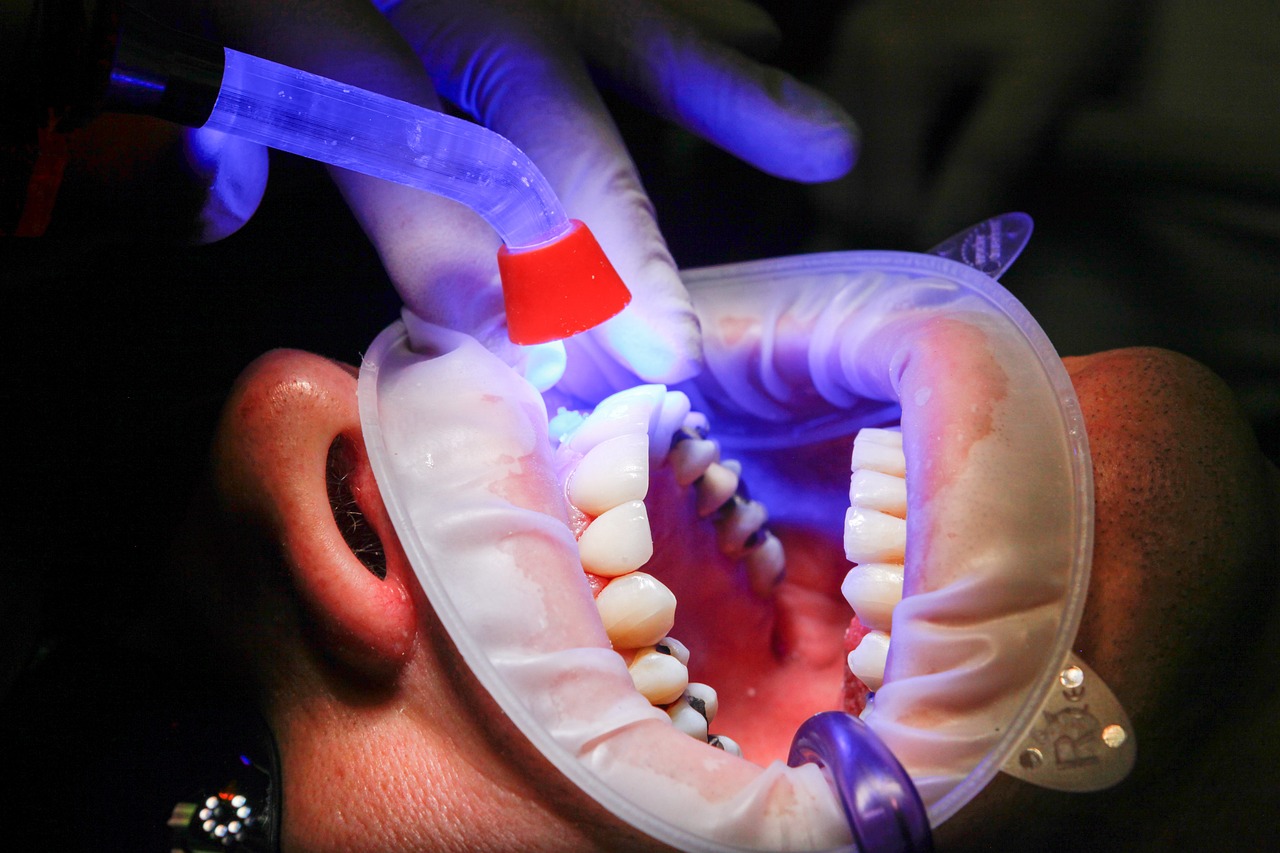Nationally, students will soon start a new school year. As a result, Autism Spectrum Disorder (ASD) is becoming more prevalent among special needs children. Summer vacation is ending all too quickly, and before we know it, we’ll see the bright yellow school buses darting through our neighborhoods, and the new school year will begin. Transitioning to a new grade, classroom, or school can be stressful for any child; for those with autism spectrum disorders, it can be incredibly challenging. To reduce these fears, you should take small steps before the start of the school year to familiarize your child with the new environment.
As a parent of two autistic boys on different ends of the spectrum, I’ve used many of these Tali Engor strategies over the years. The best method for a particular child may not work for another. Since every child is unique, it may not work for some. Since the boys grew older, I found several methods that didn’t work in the past to be helpful.
1.Prepare routines and reintroduce them
Your child should be familiarized with the school setting and reintroduced to it. You should bring your child to the school or classroom, show your child a photograph of their teacher and classmates, or meet your child’s teacher before the start of the school year. You must visit the teacher a week or two before the first day. Consider visiting the school building or spending time on the playground if this is not feasible.
Another good idea is to drive past the school several times. If your child rides a bus to school, you may also wish to drive them on the first day. The first day on a bus can be stressful for some children with autism. Gradually easing them into transportation routines is helpful.
2. School tour
You can arrange this with your case manager. At least your child will become familiar with the building before starting school, even if you don’t get to meet the new teacher that early.
During your tour, check out the cafeteria, central office, gym, library, bathrooms, playground, and any rooms in which your child may spend time. You and your child can review your tour’s photos by creating a social story afterward (a social story is a book written and illustrated by a parent or caregiver that explains what the child can expect in advance).
3. Homework strategy
Make homework conducive. It is important to celebrate every accomplishment, regardless of how big or small it is.
4. An IEP is a must
An Individualized Education Program (IEP) details your child’s educational goals and needs. The IEP of your child should be updated and adequately address their unique needs before the school year begins.
Please communicate with your child’s healthcare providers, therapists, and teachers to ensure their IEP is current. Communicating openly and honestly with them about your child’s progress and challenges is crucial.
Ensure that the accommodations listed meet your child’s specific needs and that any new therapies are included in the IEP.
In addition, make sure the updated IEP is shared with your child’s teachers. Your child’s academic and social success depends on teachers understanding and implementing the IEP goals. You can ensure your child’s academic and developmental goals are met by staying on top of their IEP.
5. Educate students about social expectations
Transitioning from the social demands of summer activities to those in the classroom may be easier for children with autism spectrum disorders. Examine acceptable school behavior “dos and don’ts.” You can also make a picture schedule of a typical school day and explain how it will proceed.
Make a school routine picture schedule or social story. Don’t wait until the last minute to review and practice. Discuss your child’s strengths and challenges with teachers and administrators. You are your child’s best advocate. Communicate with your child’s teacher and school early to develop positive relationships. Practice new activities. For the first week, ask the teacher what new activities are planned. Afterward, practice them with your child and discuss them with them. Practicing will reduce anxiety when new activities occur at the beginning of the school year.
Final words
Do everything you can to reduce the stress level for your child and family during these transitional times. Be prepared! The parent who remains calm and collected will be able to assist their child in making a successful transition back to school. The last week of summer vacation is a popular time for bus drivers to practice. Your child should feel comfortable riding the bus on their first day by having a “meet and greet” with the driver. Depending on the driver, you can ride with your child to school.


 Home
Home










